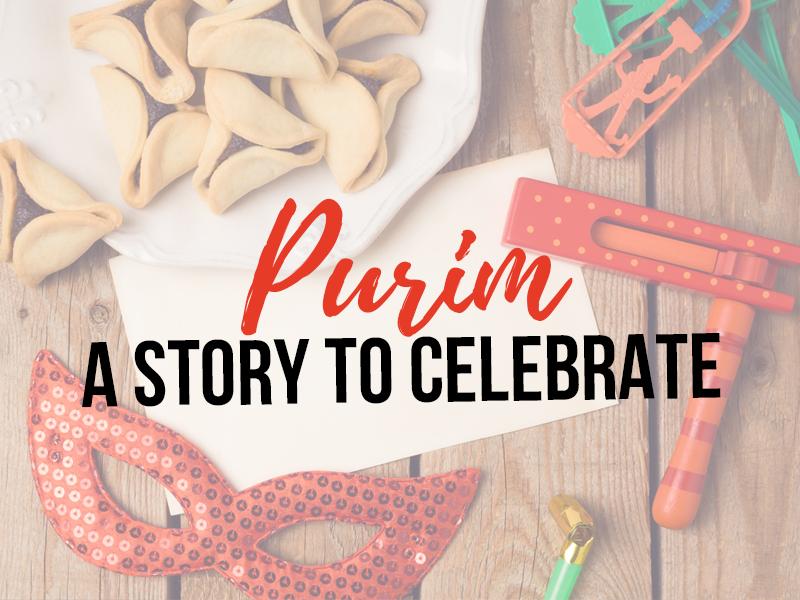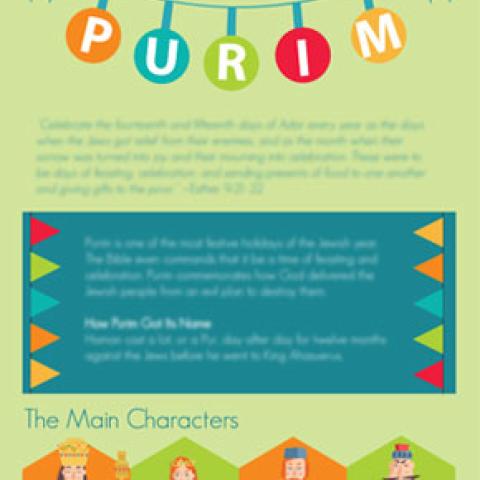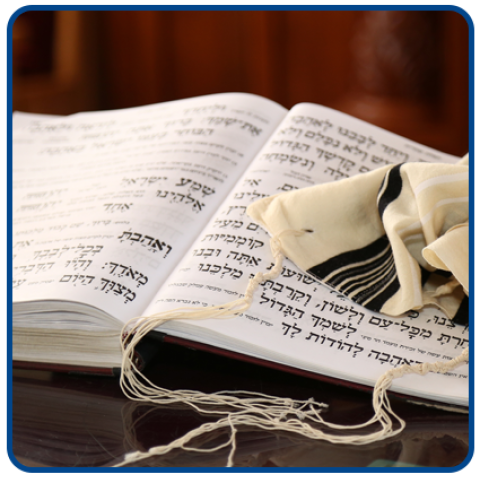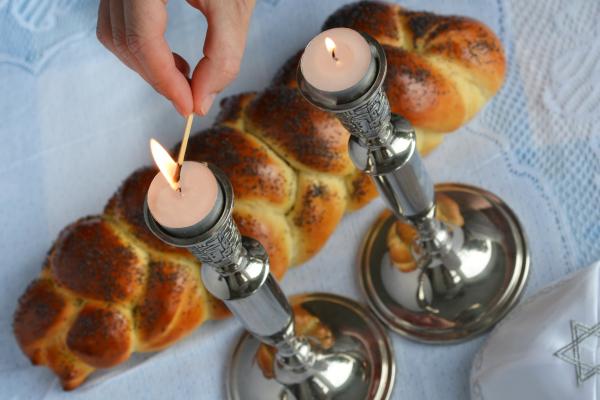
The beautiful maiden kept her background secret. Living in a foreign kingdom wasn’t easy and prejudice was common.
So when Esther was conscripted as a candidate to become the next queen, she wasn’t sure how she’d be treated if people knew she was Jewish. Her cousin, Mordecai, who was her adoptive guardian, advised her to remain quiet.
It was the fifth century B.C.E., and Esther joined hundreds of other young women for 12 months of beautification before being presented to King Ahasuerus. When the time came, he chose Esther.
One day, Mordecai learned of a plot to murder the king. He told Queen Esther what he had overheard, and she informed Ahasuerus. The would-be assassins were caught and hanged, and the events were recorded in the king’s Book of Chronicles. Mordecai had saved the king’s life.
Sometime later, Ahasuerus gave great authority to a man named Haman and ordered all servants and citizens of the land to bow before him. Mordecai, however, would bend his knee to no one but God, and he refused. Haman was enraged and devised a plan to kill not only Mordecai but all the Jewish people. He convinced the king to sign an irrevocable decree placing a bounty on Jewish lives, promising payment to anyone who killed them on a certain day several months in the future.
Mordecai told Esther of Haman’s wicked plan and begged her to go to the king and rescue their people from the coming disaster. Esther was afraid; she knew that coming before the king without an invitation bore the punishment of death if he did not extend his favor.
But Mordecai urged her to intervene saying, “Who knows whether you have attained royal status for such a time as this?”
Esther gathered her courage and agreed to approach the king. Determined now, she bravely asserted, “If I perish, I perish.” First, she called upon her handmaids and all of Israel to fast with her for three days. When she went to King Ahasuerus, he received her. She invited him and Haman to a banquet at which time she would explain her request of the king.
The night before the feast, sleeplessness spurred the king to summon the Book of Chronicles. As a servant read the entries to him, he learned that nothing had been done for the man who had earlier saved his life. He made plans to honor Mordecai and ordered none other than Haman to carry them out.
At Esther’s banquet, Ahasuerus asked his queen, “What is your request?” Esther, who had not yet revealed her Jewish identity, asked that he spare her life and the lives of her people. “We have been sold for destruction, slaughter and annihilation,” she explained.
“Who is he? Where is the man who would presume to do this?” demanded the king. Esther replied, “The man is this wicked Haman!” (See Esther 5-7.)
Haman was hanged on the gallows he had built to execute Mordecai. The king gave Esther Haman’s estate and bestowed great authority upon Mordecai. The previous decree was still in effect and unalterable according to the laws of the land. So the king granted Jewish people the right to assemble and defend themselves. They were allowed to kill anyone who intended to hurt them on the planned day of destruction. Esther chapter nine reports that “no one was able to stand against them.”
God delivered the Jewish people – once again – from enemies who had sought to annihilate them. Purim means “lots,” and the holiday derives its name from the fact that Haman cast lots to determine the day on which to eradicate the Jewish people. The holiday celebrates God’s great rescue.
Purim is the most festive holiday of the Jewish year. The book of Esther records the events and Mordecai’s instructions to celebrate the anniversaries of what turned out to be two days of victory for the Jewish people. “These are to be days of feasting, celebration and sending presents of food to one another and giving gifts to the poor” (Esther 9:22).
Today, Purim is celebrated on one day, the 14th day of Adar on the Hebrew calendar, which occurs in either February or March on the Gregorian calendar. As in ancient days, holiday traditions include giving food gifts, giving to charity and joyous festivities. People gather at synagogue to hear a reading of the book of Esther, called the Megillah (Meh-GEE-lah) and enjoy costume parties and lively plays reenacting the Purim story. Audiences have fun participating by cheering at every mention of the story’s heroes and booing whenever Haman’s name is read. Celebrants stomp their feet and rattle noisemakers called graggers (GRAH-gurs) to completely “blot out” the name of Haman.
The most popular food tradition at Purim is hamantashen (HAH-men-TAH-shen). These triangular cookies are filled with jams, chocolate or other tasty fillings and said to resemble Haman’s hat. In Israel, they are called Haman’s Ears.
Throughout time, the Jewish people have suffered attempts to destroy them. Jewish history is filled with the defined efforts of people and nations determined to enslave, expel or exterminate them. Pharaoh, Haman, Herod, Hitler and many localized pogroms around the world and over thousands of years have failed to reach their objectives because God is a God of deliverance. He has set His hand on the children of Israel as His own people. He made a covenant with them that He will never break. He is faithful. The Purim story highlights God’s faithfulness to His people. It is a story to celebrate!
Get the Purim Infographic
Learn how to celebrate Purim as a follower of Jesus with this enlightening infographic!












